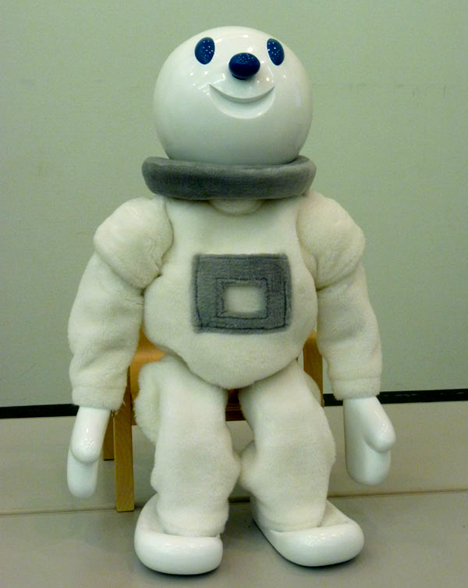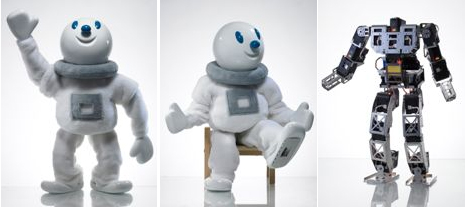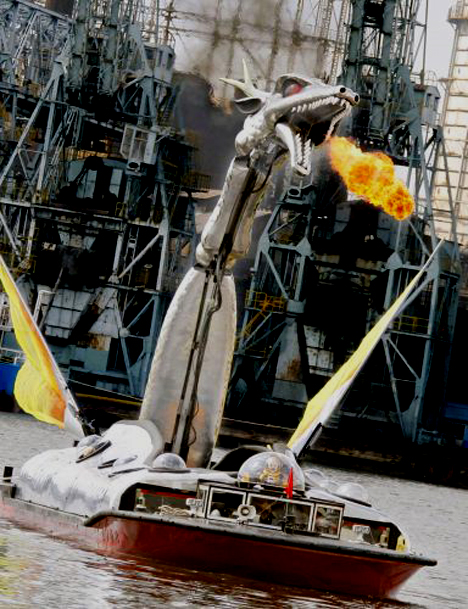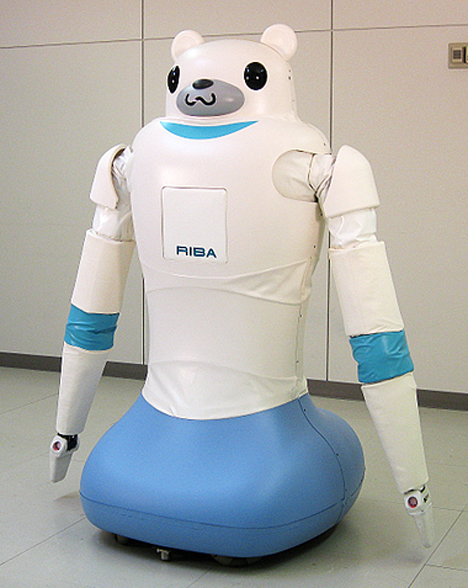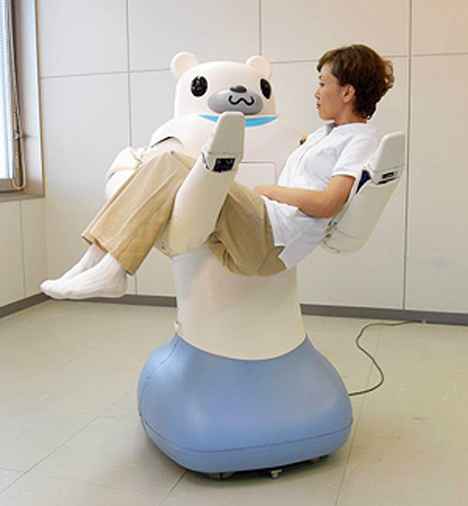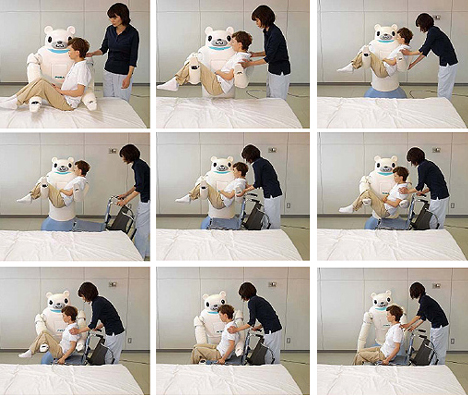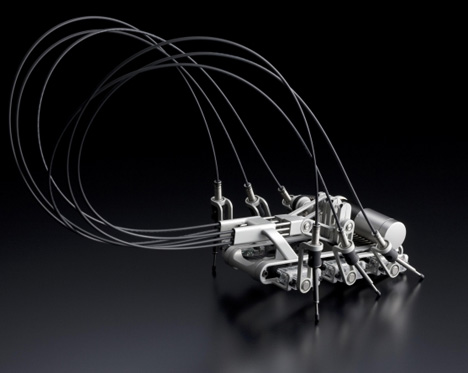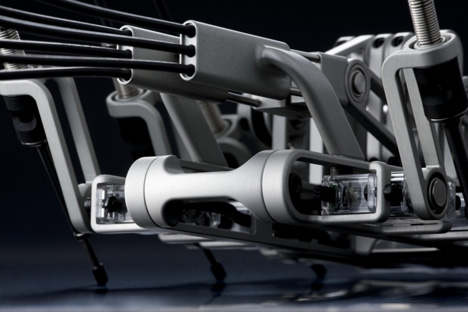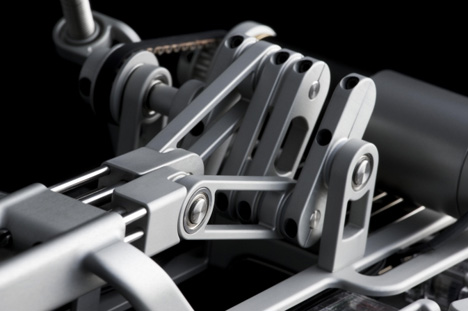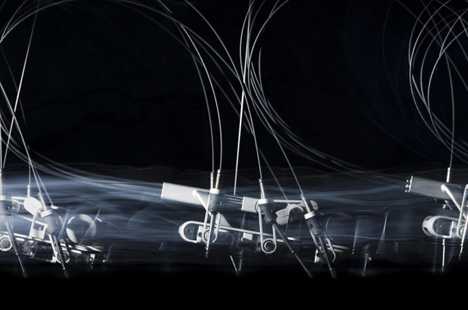A few of Japan's more outlandish custom rides were featured on a recent episode of Sokon Tokoro.
+ Video
The vehicles appearing in this video are:
- A rather ordinary-looking BMW E66 whose trunk is decked with Buddhist sutras written in 30,000 Swarovski crystals (the owner, a Buddhist priest, also owns the next vehicle).
- A Toyota Celsior UCF20 with gullwings, scissor doors and a split hood, which took 12 years to build and cost 10 million yen ($110,000). The interior includes 24 monitors, including several mounted in the headrests behind the passengers' heads (you can watch them with the eyes in the back of your head, according to the priest).
- Batman van, a rolling tribute to the superhero that cost 25 million yen ($280,000), took 13 years to complete, and earned the owner a divorce.
- Rocket launcher van, a 1981 Daihatsu Hijet outfitted with a cheap launcher for an 8-meter (26-ft) water rocket (the owner is an eggplant farmer).
- Replica of the "Pointer," the famous battle vehicle used by the Earth Defense Force in the Ultra Seven TV series that aired on Japanese TV in the late 1960s.
- Fan-flapping Hitachi ASTACO machine, which the Tokyo Fire Department Hyper Rescue Team uses to clear debris from disaster sites.
+ Video
The rides featured in this video are:
- Host George Tokoro's Subaru R1 disguised as a Ferrari.
- A 1994 Cadillac limo lowrider with plush pink interior and 11-color paint job that took a year to complete and cost 10 million yen ($110,000).
- "Tank" dragster powered by a 25,000-horsepower US military jet engine that spews a powerful, camera-melting flame. The dragster, which can reach speeds of 400 kph (250 mph), took 4 years to build and cost 40 million yen ($450,000).
- T-REX super three-wheeler with a 1352cc Kawasaki ZZR1400 engine that can reach speeds of 230 kph (140 mph).
[Via: Watashi to Tokyo]

